
You hear about Bitcoin setting new records. Friends are making money trading tokens you’ve barely heard of. Crypto isn’t just another tech trend anymore — it’s reshaping economies, industries, and even how governments think about finance.
Stepping into this world in 2025 can feel overwhelming. Blockchains, wallets, gas fees, airdrops — the learning curve looks steep. But it doesn’t have to be. This guide is here to break things down in real terms, giving you a grounded understanding of how crypto and blockchain work, and how platforms like Bitunix can help you take your first confident steps.
Crypto Is No Longer Just Bitcoin
When Bitcoin launched in 2009, it introduced a revolutionary idea: a decentralized, peer-to-peer form of money. Fast-forward to today, and crypto is no longer just Bitcoin — it’s thousands of projects across payments, smart contracts, DeFi, gaming, and real-world asset tokenization.
Bitcoin still matters, and it remains the largest and most recognized digital asset. But if you’re stepping into crypto now, you’re entering an entire parallel financial universe. Ethereum, Solana, Avalanche, Optimism, and Arbitrum aren’t just names — they are ecosystems where apps, tokens, and decentralized services thrive.
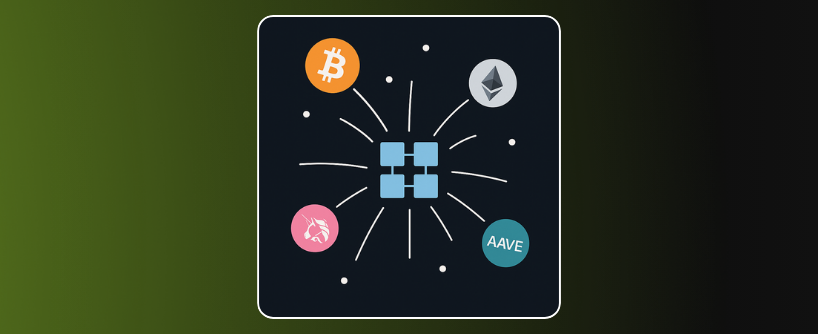
The Heart of It All: Blockchain
At its simplest, a blockchain is a ledger — a public record book. But instead of sitting on one company’s server, it’s distributed across thousands of computers globally.
Each piece of data, each transaction, gets bundled into a block, and each block links to the last, creating a chain. Changing that information later would require rewriting every block — a nearly impossible task without majority network approval.
This decentralized setup removes the need for central authorities, builds transparency into every transaction, and creates a new layer of security. Bitcoin’s blockchain records payments. Ethereum’s blockchain, and others like it, can execute programs called smart contracts, opening endless new possibilities beyond simple transfers.
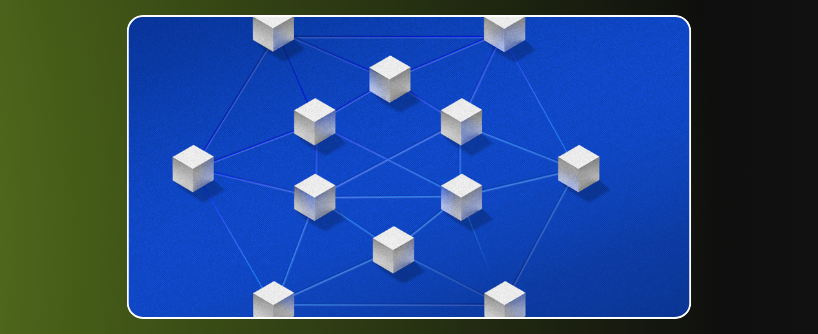
Crypto Wallets: Your Gateway to Blockchain
In crypto, your wallet is your identity. It’s not just a storage app; it’s how you interact with blockchains directly. Wallets hold your private keys — the essential passwords proving you own your assets. Some wallets are “hot” and connected to the internet for easy access, like Metamask or Trust Wallet. Others are “cold,” stored offline for maximum security, like Ledger or Trezor devices.
By 2025, wallets have evolved even further, supporting social recovery systems and multichain operations, allowing you to move smoothly between different blockchains without juggling multiple apps.
From Coins to Tokens: The Evolution of Digital Assets
Not every asset in crypto is trying to replace money. Many projects issue tokens — digital assets that exist on larger blockchains. Some, like Uniswap’s UNI or Aave’s AAVE, enable governance or access to decentralized services. Others represent scaling solutions, like Optimism’s OP or Arbitrum’s ARB tokens. Even real-world assets, from real estate to carbon credits, are now tokenized on blockchain networks.
This explosion of tokenized value means crypto is no longer just about currency — it’s about programmable ownership and decentralized access to services. Platforms like Bitunix help traders access this broad range of assets efficiently, offering exposure to both established coins and emerging projects that drive the new economy.
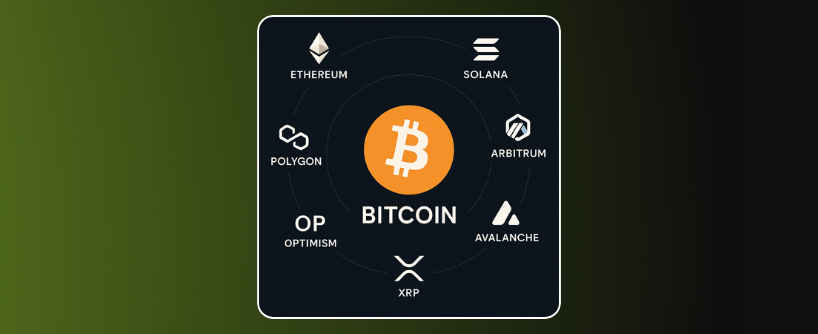
Trading, Investing, and Earning: The New Crypto Economy
Once you understand assets, the next step is engaging with them. Some people simply invest, holding Bitcoin, ETH, or Layer-2 tokens for the long term. Others actively trade — spotting short-term price movements and riding volatility in spot or futures markets.
Then there’s a growing group who earn — staking tokens, participating in airdrops, providing liquidity, or locking assets for yield.
Bitunix supports all of these paths. You can trade spot markets instantly, open futures positions with leverage, or stake your tokens to earn passive rewards. For those who prefer a guided approach, integrated copy trading features allow following top-performing traders in real time.
Crypto’s economy in 2025 is rich with options. Choosing the right approach depends on your goals, risk tolerance, and how much time you want to spend actively managing your portfolio.
Understanding Risks: Crypto Isn’t a Guaranteed Ride
It’s important to be honest — crypto offers immense opportunity, but it’s not without risks. Prices can move dramatically within hours. Scams, hacks, and failures can still occur, especially in lesser-known projects. Regulatory changes can also impact market dynamics overnight.
Smart newcomers don’t just chase gains — they learn how to manage risk. Start small. Use trusted platforms like Bitunix. Secure your wallets properly. Always stay updated and question what you don’t understand before investing further.
The Role of Bitunix in Your Crypto Journey
Starting out in crypto doesn’t have to be a solo mission. Bitunix offers tools designed to make the journey smoother for beginners and efficient for experienced traders.
Recognized globally, including as a Platinum Sponsor at Token2049 Dubai, Bitunix provides a secure, high-performance platform where users can explore spot trading, futures, staking, copy trading, and cross-chain services. With Bitunix, you gain access not only to top-tier trading infrastructure but also to the support needed to grow smarter over time.
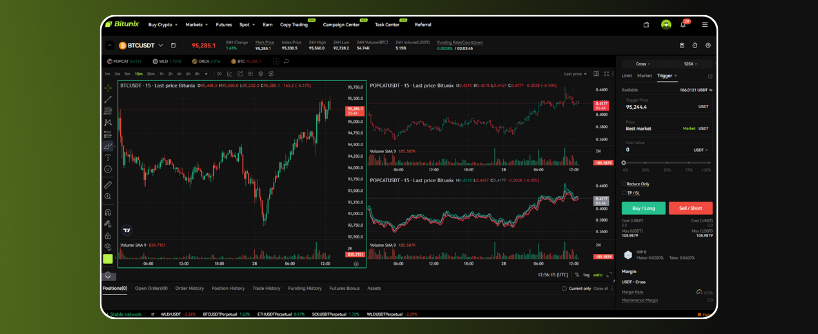
The Future: Why Crypto and Blockchain Are Just Getting Started
Crypto and blockchain aren’t going away. In fact, they’re just starting to reshape major sectors beyond finance. Logistics, identity, gaming, healthcare, energy — these industries are adopting blockchain solutions at scale.
At the same time, new technologies like ZK-proofs, decentralized AI, and modular blockchains are opening entirely new frontiers for innovation. If you’re entering the space now, you’re early to a much bigger revolution than just Bitcoin’s price cycles. Understanding this broader context positions you not just as a participant, but as an early builder in a digital economy that will define the coming decades.
Final Thought: Start Small, Think Big
Crypto rewards curiosity, patience, and the willingness to learn through action. You don’t have to master everything at once. You just have to start.
Set up a wallet. Buy a little Bitcoin or ETH. Watch how blockchain transactions work. Learn how tokens flow across chains. Make mistakes — but make them small, and make them lessons.
Every expert you hear from today started exactly where you are — confused, cautious, but willing to explore. The only difference is, they kept learning.


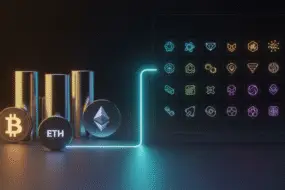
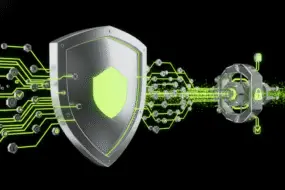
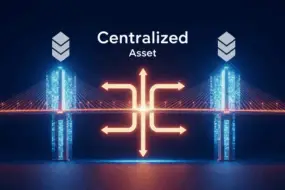
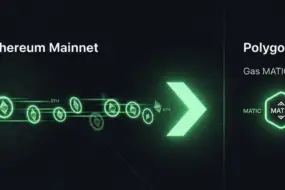
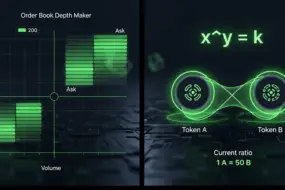
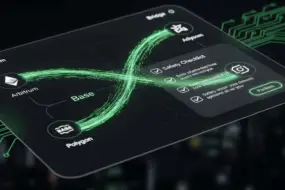
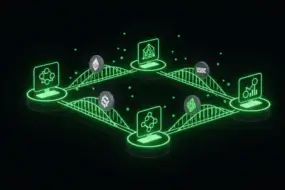
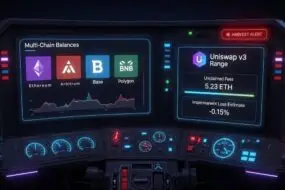
3 replies on “Crypto for Beginners 2025: A Complete Guide to Blockchain and Digital Assets”
Hey there! This post couldn’t be written any better!
Reading this post reminds me of my good old room mate!
He always kept talking about this. I will forward this post to
him. Fairly certain he will have a good read.
Thank you for sharing!
If you are going for finest contents like me, just pay a quick visit this web page every day for the reason that it presents feature contents,
thanks
I’m amazed, I must say. Seldom do I encounter a blog that’s both
educative and amusing, and let me tell you, you’ve hit the nail on the head.
The issue is something which not enough folks are speaking intelligently about.
I am very happy I found this during my hunt for something relating to this.